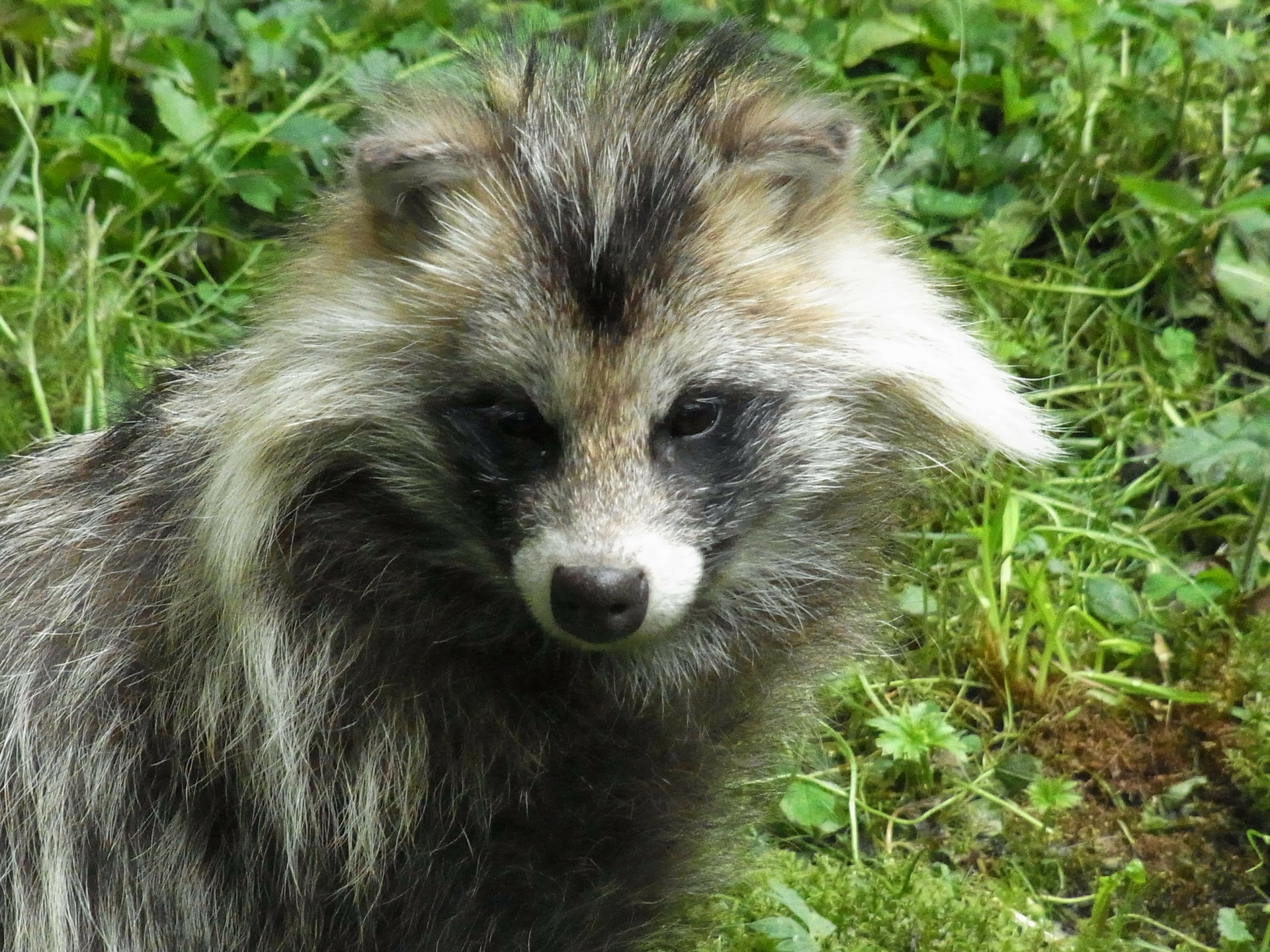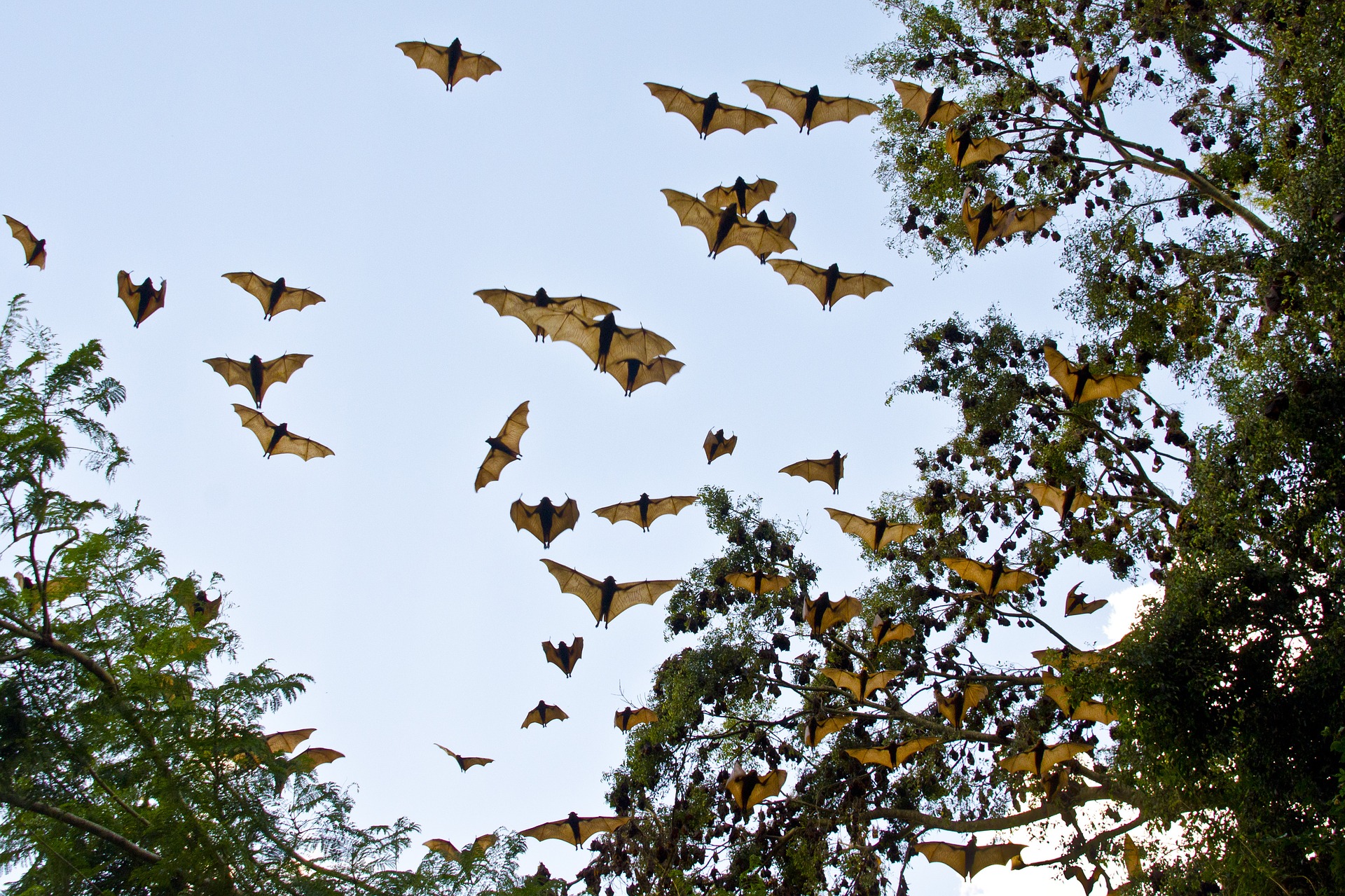In the meantime SARS-COV-2 has spread all over the world. But how did the first transmission to humans occur? This question is still open. This is no longer just a scientific debate, but also a political one.
The first patients
On 31 December 2019, the World Health Organization (WHO) country office would be informed by Chinese authorities of the increased incidence of severe pneumonia of unknown origin in the city of Wuhan [1]. On 7 January 2020, a previously unknown coronavirus was named as the trigger for the disease. This statement was confirmed by the WHO shortly afterwards. Because of its similarity to the SARS corona virus discovered in 2003, the new virus was named SARS-CoV-2 and the disease caused by the virus was named COVID-19.
What began relatively manageably with 44 patients in the Chinese province of Hubei has now developed into a worldwide pandemic with over 3.7 million confirmed infections and over 260,000 deaths (source: Johns Hopkins University, as of 07.05.2020). The new corona virus has managed to spread all over the world, but the exact origin of the outbreak remains unclear.
Bats as virus reservoir
After coronaviruses in the form of SARS and MERS had already demonstrated their potential as triggers of disease outbreaks in humans in recent years, research on the occurrence of coronaviruses in wild animals was then stepped up. It was found that bats are an important reservoir of corona viruses worldwide and that they are very diverse [2]. In addition, both SARS and MERS probably originate from bats. And indeed, the nucleotide sequence of the SARS-CoV-2 genome is also 96% identical to that of a beta corona virus isolated from horseshoe noses in Yunnan [3]. For the zoologist and expert in infection epidemiology, Peter Daszak, it is therefore clear that bats are probably the natural reservoir for the new coronavirus as well [4]. The President of the EcoHealth Alliance in New York has been actively involved in zoonoses research for many years and is working to identify potential pandemic viruses in the world and to predict emerging diseases.
"Wet market" as a source of infection?
But even if bats were to be the natural reservoir of SARS-CoV-2, it remains unclear how the new pathogen was transmitted to humans. For such a "spillover" event, direct contact between animal and human is usually necessary. "Wet markets", markets in which a large number of different wild and farm animals, both alive and dead, are traded, offer ideal conditions for this, because here people and different animals come together in a small space. Even species that do not share the same habitat in nature come into close contact here. Initially, a "wet market" in Wuhan was therefore traded as a possible source of infection. However, direct contact with the market could only be proven in about 66% of the first 41 inpatients [5]. Furthermore, no epidemiological link between the first COVID-19 patient diagnosed and the market or the other patients was identified [5].
In China, bats are sometimes traded as food on such markets. However, the transmission chain may have been more complex. Some researchers* argue that there was an intermediate host between the bats and humans. In this intermediate host, the virus may have been further altered, which may explain the differences between SARS-COV-2 and the SARS-CoV-like viruses, such as RaTG13 [3], that have been found in bats so far. However, it has not yet been possible to identify the intermediate host. Among others, tanuki (Nyctereutes procyonoides) [6] and Malaysian pangolins (Manis javanica) [7] are under discussion.

The tanuki is, along with the pangolin, under discussion as an intermediate host for human SARS corona viruses. The fur of the tanuki, originally native to eastern Siberia, northeastern China and Japan, has been traded internationally since about the middle of the 19th century.
Cover-up allegations against China
The USA, on the other hand, has accused that the pandemic is not caused by a natural transmission chain from animals to humans. The allegation was rekindled by a 15-page document from the "Five Eyes", an intelligence alliance of the USA, Great Britain, Australia, Canada and New Zealand. In the dossier, the authors accuse the Chinese government of cover-ups in connection with the coronavirus outbreak in China. In addition, the authors suggest that the outbreak may have been caused by a laboratory accident. Possible sources are assumed to be the laboratory of the Wuhan Center for Disease Control and Prevention or the Wuhan Institute of Virology. The latter has a BSL 4 safety laboratory, a laboratory with the highest possible safety level (biosafety level), in which research is carried out on various highly pathogenic agents. China's first BSL4 laboratory was launched in 2017 as a collaborative project between China and France, before the collaboration was terminated by China. Some researchers were therefore trained at the Jean Mérieux Laboratory in Lyon. Among them is the virologist Shi Zhengli, who has been researching corona viruses from bats for several years. Accordingly, sample material from bats is available at the institute. In an interview with the magazine "Scientific American", however, the scientist denies that SARS-CoV-2 is a virus strain from her laboratory [4]. A comparison of the genome sequences of the viruses collected by her team and the sequence of the new virus would not have yielded any hits. Furthermore, the genome of the virus shows no traces of human manipulation, but seems to have been created by natural evolutionary processes [8].
Many of the team members at the Institute were trained in international laboratories such as in Lyon or within the PREDICT project in the USA for laboratory work under the highest security level. Nevertheless, there is always a risk in handling infectious material. Especially since the handling of collected sample material, such as faeces or blood samples of bats from the environment, is usually done under lower security levels. The virologist has the support of other scientists* who consider a laboratory accident to be the less likely scenario [8]. According to Peter Daszak, pure probability alone speaks against this thesis [5].
Pandemic potential of coronaviruses
Researchers have been warning for some time that corona viruses have a high pandemic potential [9, 10]. If one considers the wide distribution and the species diversity of bats, which carry a high diversity of corona viruses, in combination with the strong wildlife trade and the partly dense settlement of rural regions in China, the probability of a "spillover" event in such a setting is relatively high. In a study in which blood samples from 218 villagers living in the immediate vicinity of bat caves in China were examined, antibodies against corona viruses were detected in 6 people [11]. This supports the theory that there is transmission of corona viruses to humans. According to this, it was not a question of whether, but when, a zoonotic outbreak of infection would occur.

Bats are found all over the world and often in large colonies. Due to the dense human settlement on earth, the habitats of both species overlap in many regions of the world.
A common global zoonoses research as key
At the present time, there is no evidence whatsoever to support the theory of a laboratory accident. Ultimately, only a transparent information policy of China and a joint investigation of the outbreak by independent researchers can guarantee a complete clarification. It is to be hoped that this will happen as soon as possible. Because the danger posed by new pathogens from the animal kingdom remains undisputed. This danger is further aggravated by climate change, the destruction of natural habitats and increasing population density [12]. Detailed knowledge of how a virus crossed species boundaries and could infect humans can help prevent future zoonotic events. Only through long-term research and interdisciplinary cooperation across national borders can the challenge posed by zoonoses be countered in the future.
Author: Dr. Dana Thal, National Research Platform for Zoonoses
Literature:
1. WHO Pneumonia of unknown cause – China. Disease Outbreak News(DONs). 2020.
2. Anthony, S.J., et al., Global patterns in coronavirus diversity. Virus Evol, 2017. 3(1): p. vex012.
3. Zhou, P., et al., A pneumonia outbreak associated with a new coronavirus of probable bat origin. Nature, 2020. 579(7798): p. 270-273.
4. Qiu, J., How China’s ‘Bat Woman’ Hunted Down Viruses from SARS to the New Coronavirus, in Scientific American. 2020.
5. Huang, C., et al., Clinical features of patients infected with 2019 novel coronavirus in Wuhan, China. The Lancet, 2020. 395(10223): p. 497-506.
6. Xu, L., et al., Angiotensin-converting enzyme 2 (ACE2) from raccoon dog can serve as an efficient receptor for the spike protein of severe acute respiratory syndrome coronavirus. J Gen Virol, 2009. 90(Pt 11): p. 2695-2703.
7. Zhang, T., Q. Wu, and Z. Zhang, Pangolin homology associated with 2019-nCoV. 2020: p. 2020.02.19.950253.
8. Andersen, K.G., et al., The proximal origin of SARS-CoV-2. Nat Med, 2020. 26(4): p. 450-452.
9. Cui, J., F. Li, and Z.L. Shi, Origin and evolution of pathogenic coronaviruses. Nat Rev Microbiol, 2019. 17(3): p. 181-192.
10. Coleman, C.M. and M.B. Frieman, Coronaviruses: important emerging human pathogens. J Virol, 2014. 88(10): p. 5209-12.
11. Wang, N., et al., Serological Evidence of Bat SARS-Related Coronavirus Infection in Humans, China. Virol Sin, 2018. 33(1): p. 104-107.
12. Chan, J.F., et al., Interspecies transmission and emergence of novel viruses: lessons from bats and birds. Trends Microbiol, 2013. 21(10): p. 544-55.



